Birth of John Barry
Naval officer John Barry was born on March 25, 1745, in Tacumshane, Ireland. A hero of the Revolutionary War, he’s been called the “Father of the American Navy.”
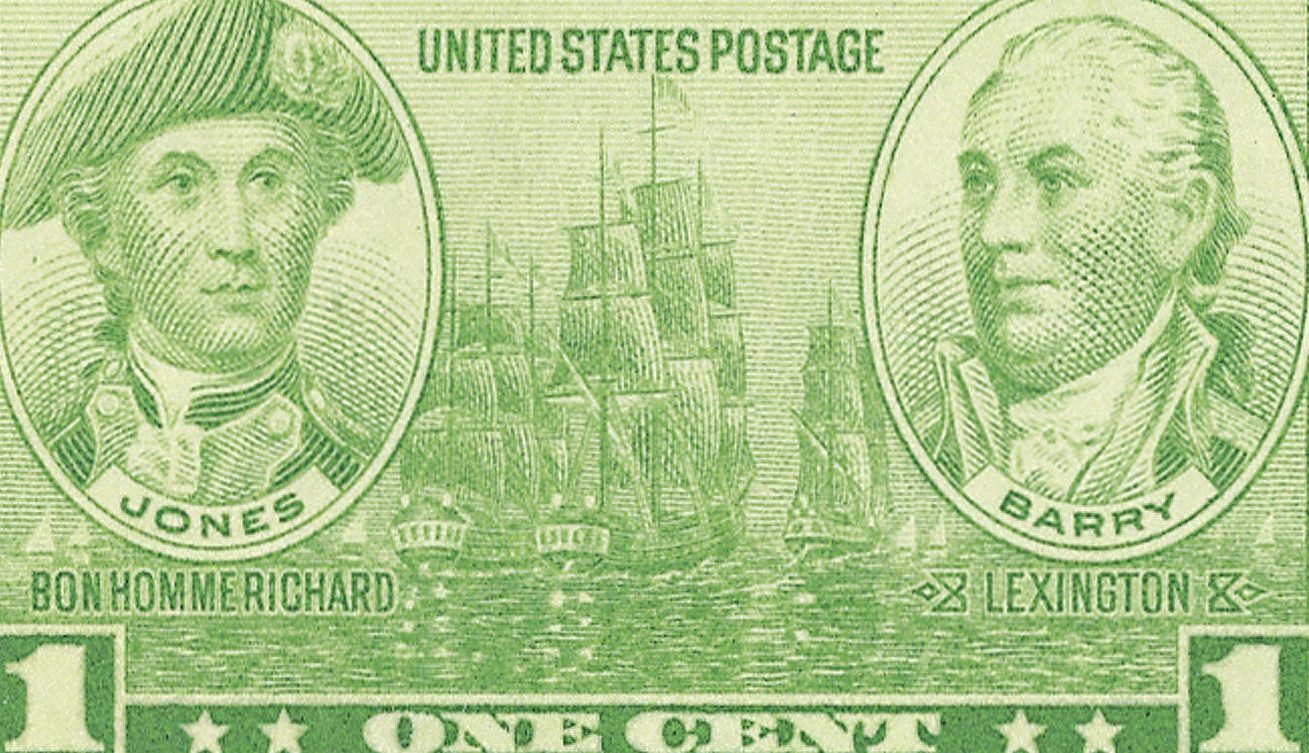
Naval officer John Barry was born on March 25, 1745, in Tacumshane, Ireland. A hero of the Revolutionary War, he’s been called the “Father of the American Navy.”
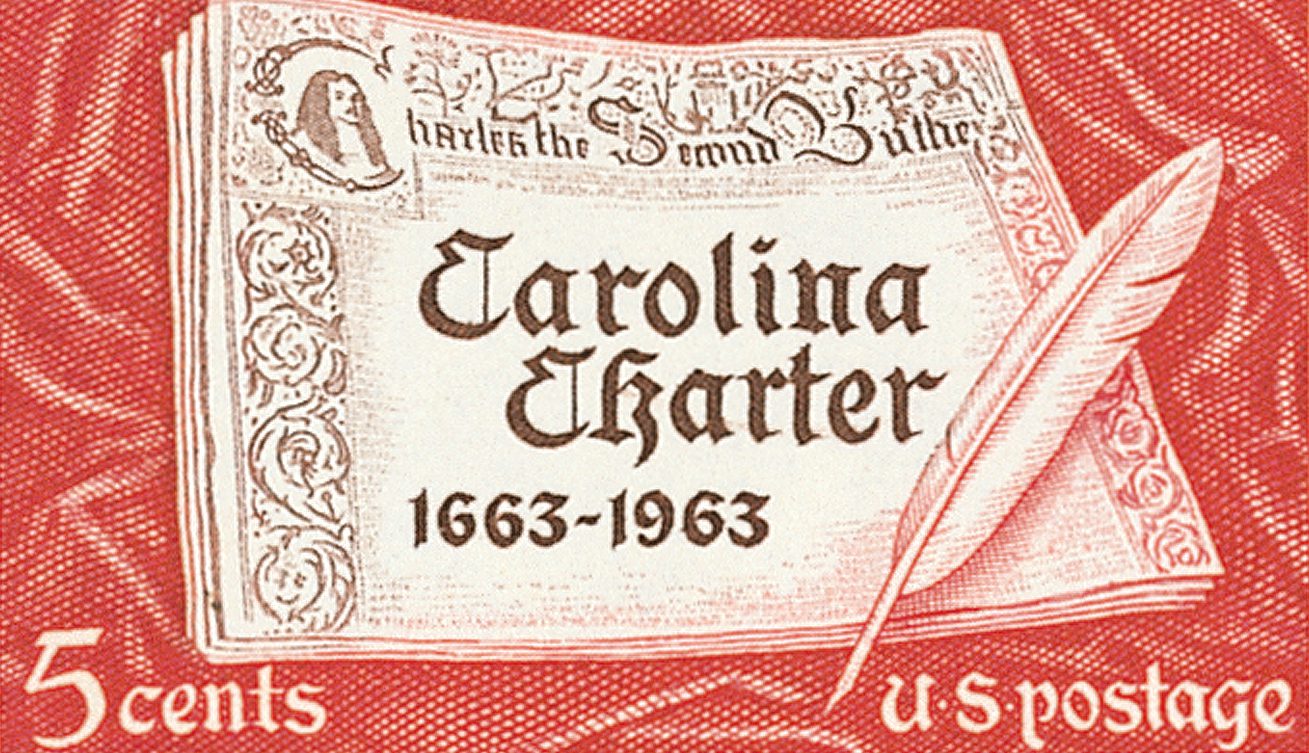
On March 24, 1663, King Charles II approved the Carolina Charter, granting land in America to a group of eight Englishmen. Establishing the first laws in the Carolina province, it guaranteed religious and political freedom.
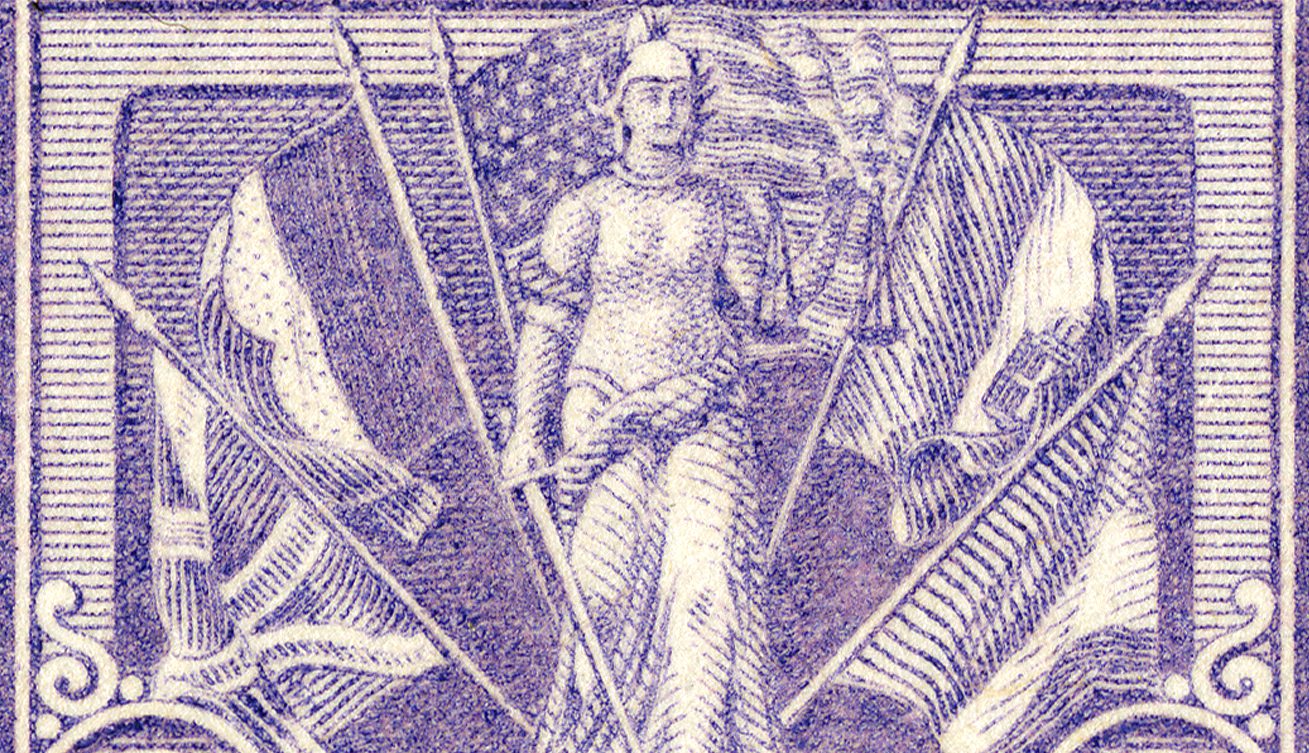
On March 21, 1918, Germany launched its Spring Offensive in the hopes of tipping the scales of the war before American troops and supplies could reach the front.
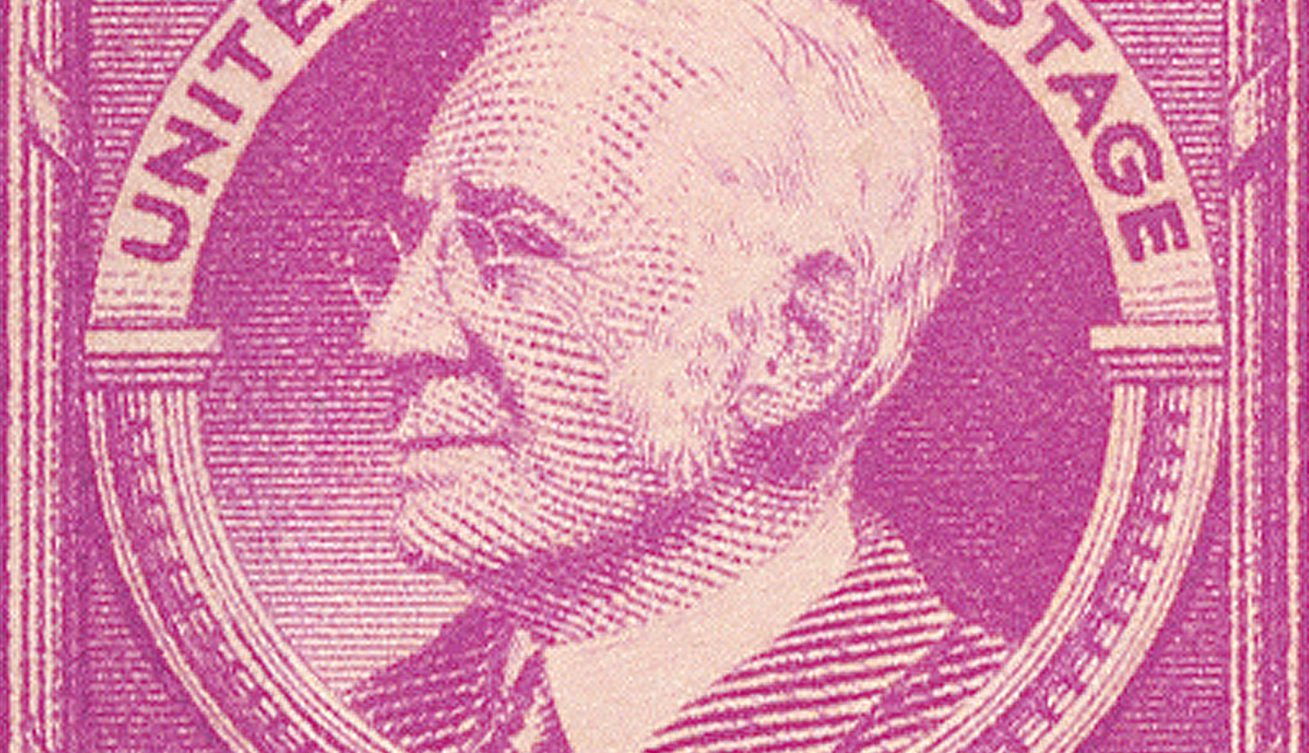
Educator Charles William Eliot was born on March 20, 1834, in Boston, Massachusetts. A pioneer in higher education reform, he was Harvard’s youngest and longest-serving president, and helped make it the premier university it is today.

Benjamin Harrison, America’s 23rd president died on March 13, 1901. His administration was notable for its antitrust, financial, and foreign policy initiatives.

On March 11, 1824, US Secretary of War John C. Calhoun created the Bureau of Indian Affairs. Today, the federal agency works with Native American and Alaskan Native tribal governments to maintain their quality of life.

On March 7, 1850, Massachusetts Senator Daniel Webster delivered one of his most famous speeches, the “Seventh of March” speech. It expressed his support for the Compromise of 1850 that would help avert a Civil War but proved disastrous for his Senate career.
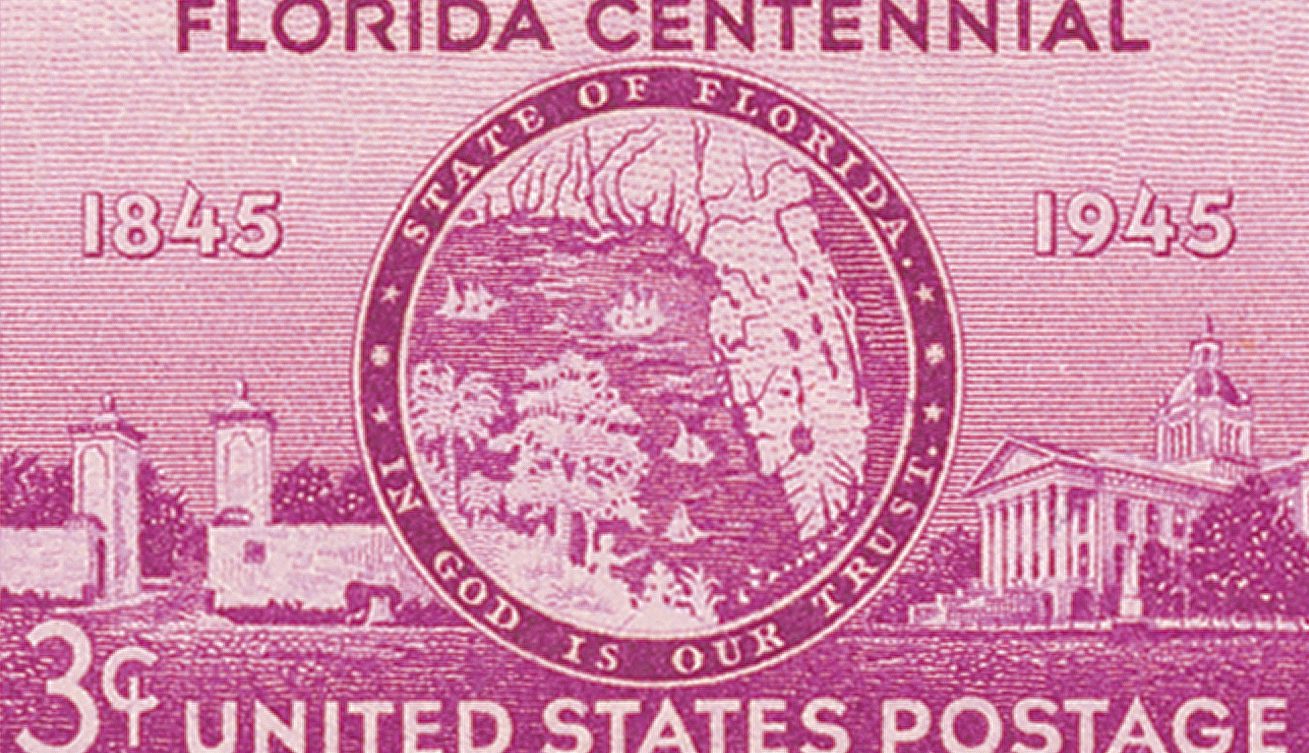
On March 3, 1845, Florida joined the Union as the 27th state. The state’s name comes from Ponce de Leon, who arrived centuries earlier and named the area La Florida, likely in honor of the Easter Season, Pascua Florida.

On March 1, 1803, Ohio was admitted as the 17th state of the Union. Named for the Ohio River, the word Ohio comes from the Seneca people, meaning “great river.”